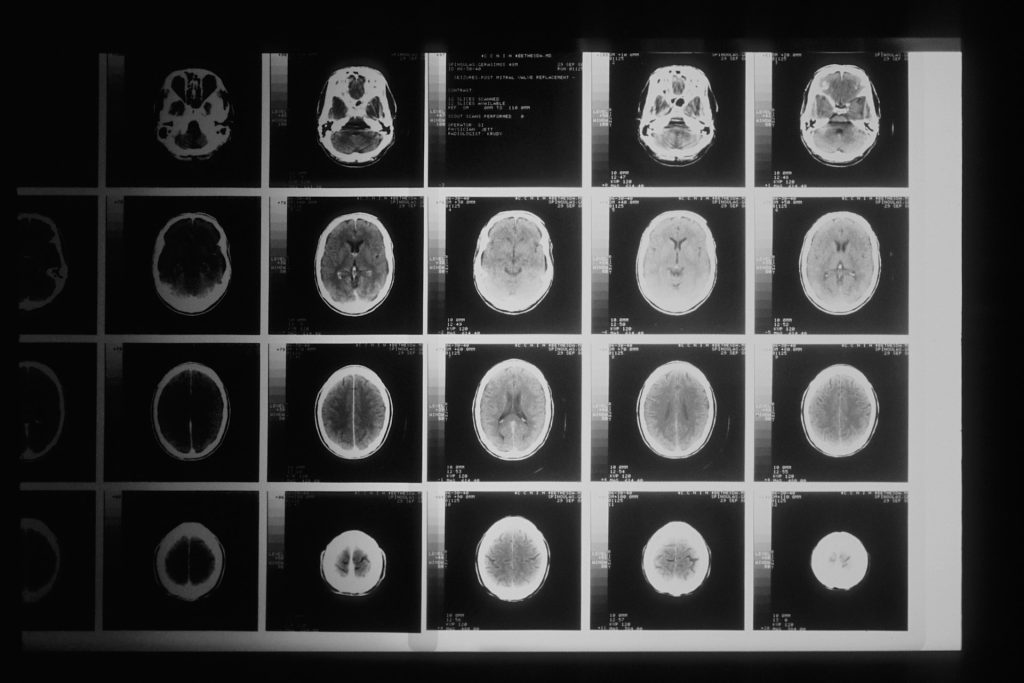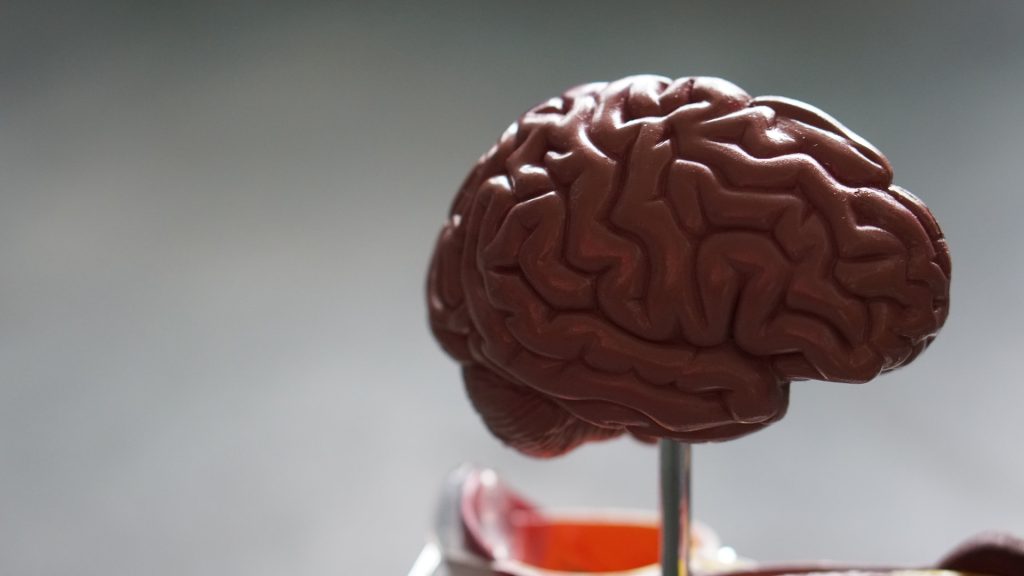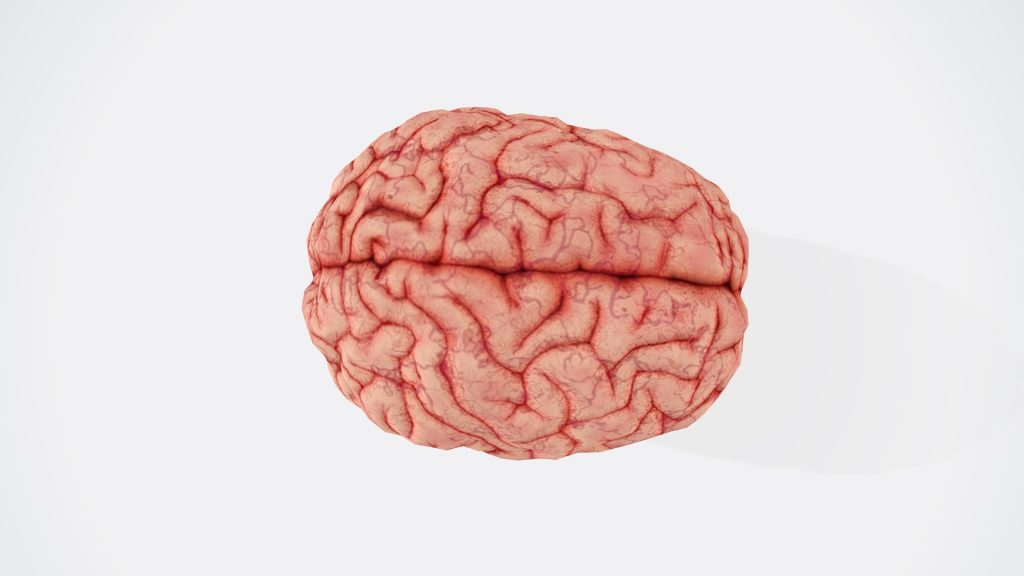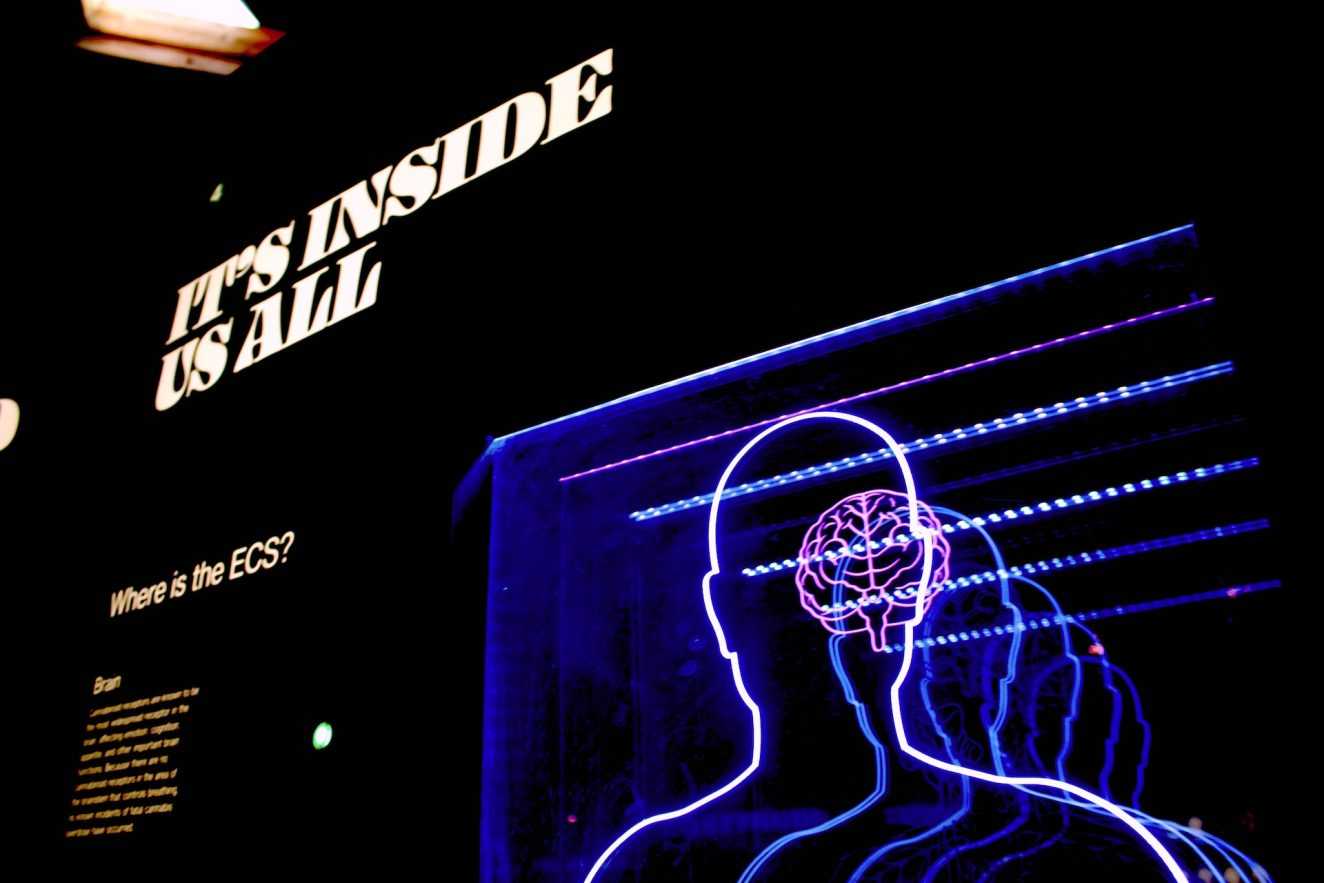The human brain, an intricate and enigmatic organ, is the epicenter of our thoughts, emotions, memories, and actions. It is a marvel of nature, and its workings have captivated scientists and thinkers for centuries. In this blog post, we will embark on a captivating journey through the human brain, unraveling the complexities of its structure, functions, and the incredible scientific explanations behind its remarkable capabilities.

The Brain’s Anatomy: A Symphony of Neurons
At its core, the human brain consists of approximately 86 billion neurons, the building blocks of the nervous system. These neurons are interconnected through a vast network of axons and dendrites, forming a complex web of communication. The brain can be divided into several regions, each with distinct functions and responsibilities.
- The Cerebrum: The largest part of the brain, the cerebrum, is responsible for higher-order thinking, sensory processing, and voluntary muscle movements. It is divided into two hemispheres, the left and right, each associated with specific functions. For example, the left hemisphere is typically responsible for language and logical reasoning, while the right hemisphere is associated with creativity and spatial awareness.
- The Cerebellum: Located at the back of the brain, the cerebellum is responsible for coordinating movement, balance, and posture. It plays a crucial role in fine-tuning motor skills and ensuring smooth, coordinated movements.
- The Brainstem: The brainstem is located at the base of the brain and connects it to the spinal cord. It controls basic life functions such as breathing, heart rate, and digestion. The brainstem also serves as a relay center for sensory and motor signals traveling between the brain and the rest of the body.
- The Limbic System: Deep within the brain lies the limbic system, which plays a key role in emotions, motivation, and memory. It includes structures like the amygdala, responsible for processing emotions, and the hippocampus, vital for forming new memories.
How the Brain Functions: Neurons and Synapses
The brain’s incredible functions arise from the intricate workings of its neurons. Neurons communicate with each other through electrochemical signals, creating a vast neural network. When a neuron receives a signal, it generates an electrical impulse that travels down its axon to a synapse—a small gap between neurons.
At the synapse, the electrical signal is converted into a chemical signal in the form of neurotransmitters. These neurotransmitters traverse the synaptic gap and bind to receptors on the receiving neuron, transmitting the signal. This process allows for the transfer of information and the formation of complex neural circuits.

Functions of the Human Brain: A Multifaceted Marvel
The human brain is responsible for a wide array of functions, each contributing to our ability to think, learn, and interact with the world. Here are some of its remarkable functions:
- Cognition: The brain enables complex cognitive processes, such as problem-solving, decision-making, and abstract thinking. It is where conscious thought and rationality reside.
- Memory: The brain stores and retrieves information through the process of memory formation, consolidation, and retrieval. The hippocampus, in particular, plays a pivotal role in memory.
- Emotions: The limbic system regulates emotions, influencing how we experience and react to feelings like happiness, fear, and sadness.
- Sensory Processing: The brain receives and processes sensory information from our environment, allowing us to see, hear, taste, smell, and touch.
- Motor Control: It coordinates voluntary and involuntary muscle movements, from the simplest actions like lifting a finger to complex activities like dancing or playing a musical instrument.
- Language and Communication: The left hemisphere of the brain, particularly in most right-handed individuals, is responsible for language processing. It enables us to understand, speak, read, and write.
- Creativity: The brain’s right hemisphere is associated with creativity, imagination, and spatial awareness, allowing us to explore new ideas and artistic expression.
Brain Plasticity: Adapting and Learning
One of the brain’s most remarkable features is its ability to adapt and change over time, known as neuroplasticity. This concept challenges the traditional belief that the brain’s structure is fixed after a certain age. Instead, research has shown that the brain can reorganize itself, forming new neural connections and adapting to new experiences, learning, and even recovering from injuries.

The human brain is a wondrous organ that continues to astound scientists and researchers with its complexity and capabilities. Its intricate structure and vast network of neurons enable us to think, feel, learn, and interact with the world around us. Understanding the science behind the brain not only deepens our appreciation for its marvels but also opens doors to innovations in fields like neuroscience, psychology, and artificial intelligence. As we continue to unravel the mysteries of the mind, we embark on an endless journey of discovery into the very essence of what makes us human.





